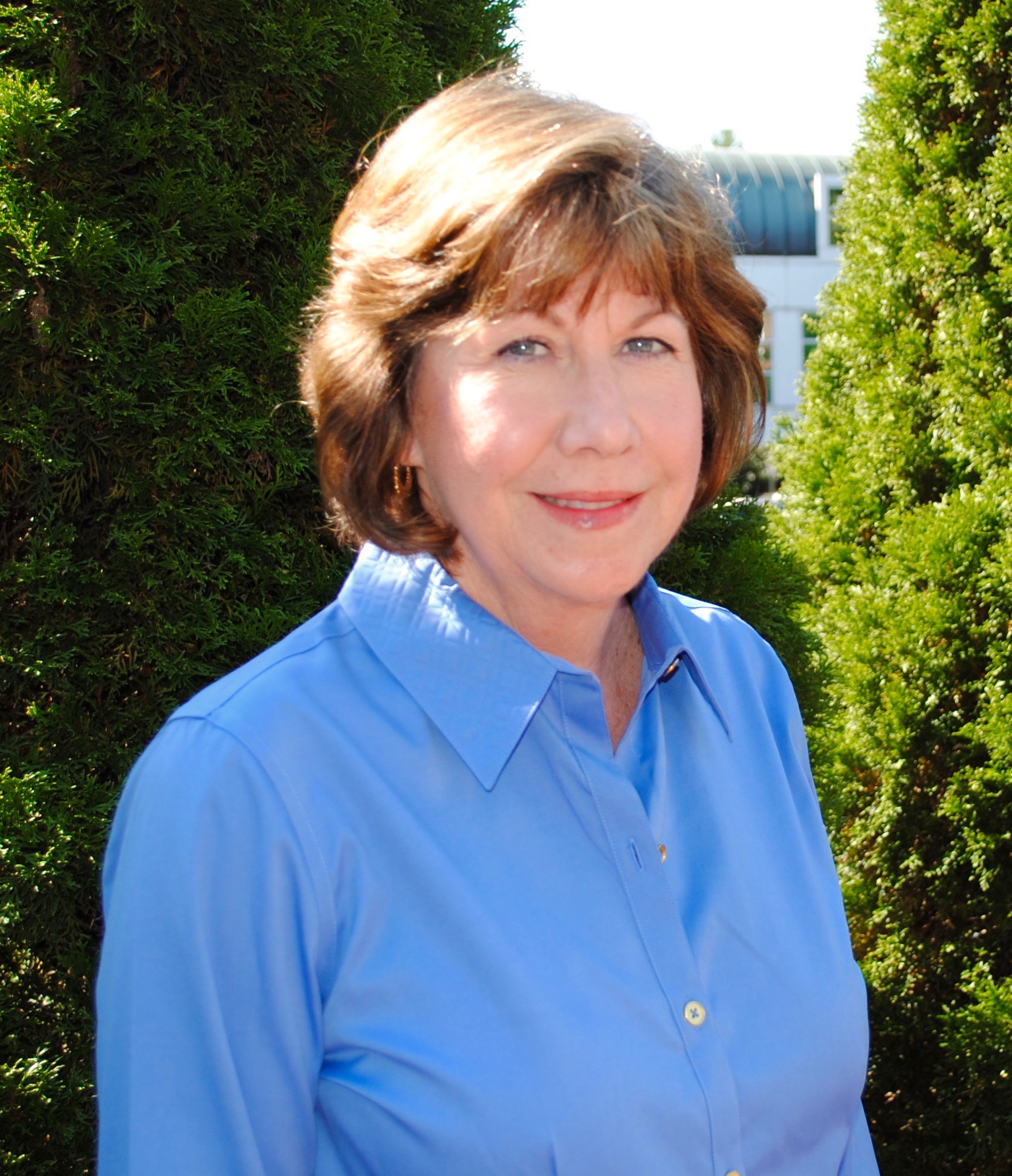Education Fund Honors the Role of Oncology Nurses
For Patrice Neese, cancer is personal and professional. A two-time cancer survivor, she’s also a retired oncology nurse who practiced for 37 years, 18 at UVA Cancer Center.
A nurse practitioner, Patrice worked closely with Dr. Craig Slingluff in the Human Immune Therapy Center. She was there for the first melanoma vaccine trial at UVA and played a critical role in the program’s development, delivering treatments to patients and monitoring results and side effects. But that’s not all. She became her patients’ cheerleader, celebrating victories and helping them through difficult times.
“Oncology nurses build lasting relationships with their patients,” Patrice explains. “I was their first advocate, the one they saw at every visit for several years. I knew their families and the challenges they faced.”

Patrice’s first cancer diagnosis came when she was 36-years-old, a mother with two small children. Her second diagnosis—this time for melanoma—came while she was working at UVA. The same program and coworkers she had grown to love would save her life.
Even though she has retired, Patrice is not forgotten. In recognition of the many lives she touched, several patients and colleagues in the Cancer Center established the Patrice Neese Education Fund.
The fund provides support for nurses, medical students, and fellows to attend national conferences and pursue additional training to advance their professional practice. The initial award, she’s proud to say, went to a fellow nurse she worked with on that first melanoma trial.
“I hope this fund speeds cancer research and helps empower nurses to take a more active role in oncology clinical trials,” Patrice says.
Today Patrice stays close to the Cancer Center. She and her husband Scott are donors to the fund, and Patrice is also a member of Patients & Friends, a committee that raises money for cancer research at UVA.
“My heart is still in oncology nursing. As a member of Patients & Friends, I’ll be able to continue supporting cancer patients—now and in the future.”

